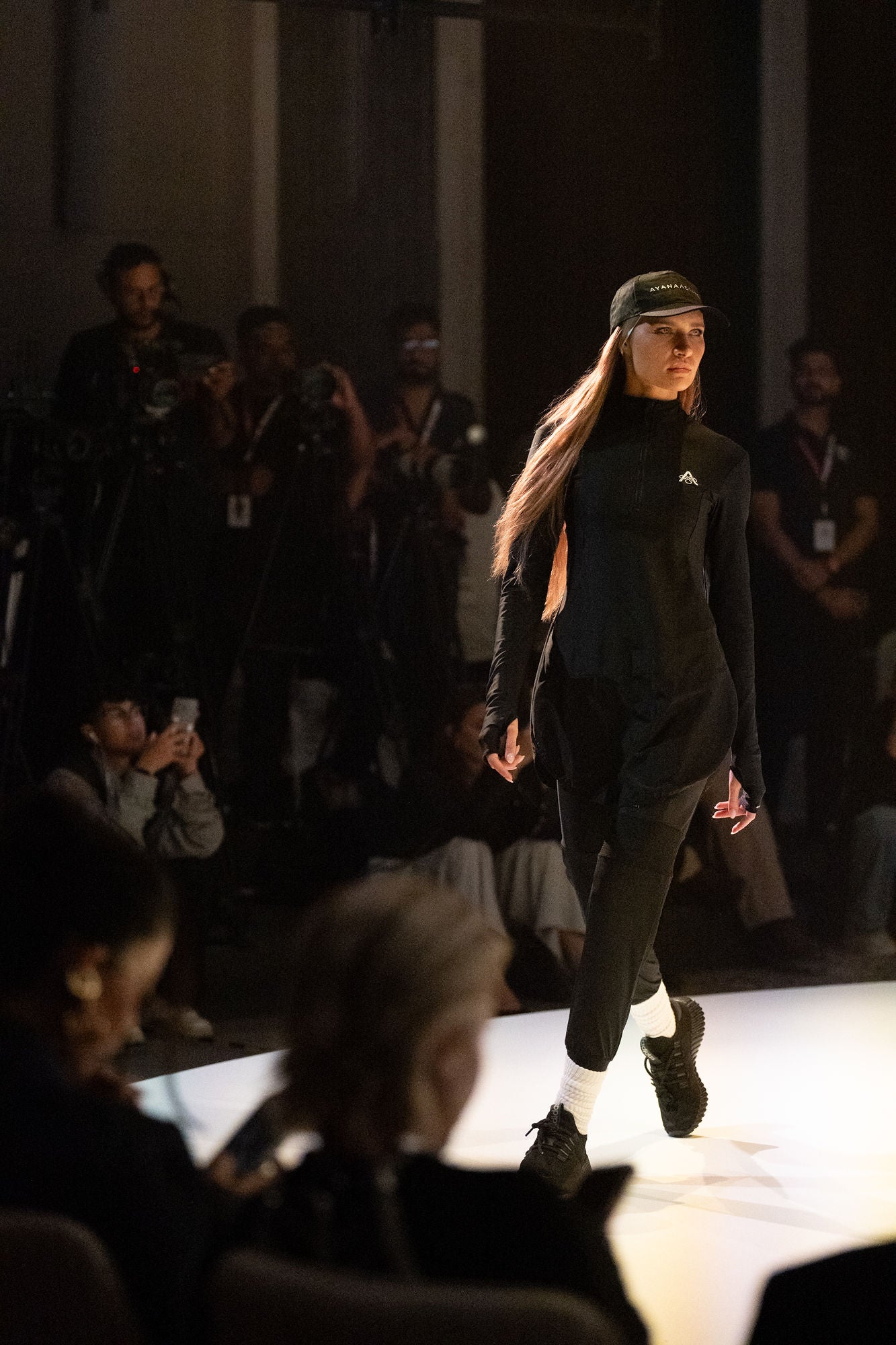The Reality of Wages in the Fashion Industry
The fashion industry, a multi-billion-dollar global enterprise, relies on a vast workforce, many of whom work in low-wage environments. Despite its glamorous image, wages for garment workers remain alarmingly low, particularly in developing countries.
Garment workers often earn far below a living wage. In Bangladesh, the world’s second largest garment-producing country in the world after China, minimum wage is currently $113 per month - up from $75 per month in 2023. The four million workers that Bangladesh garment factories employ are forced to work overtime just to make ends meet. Even in higher-cost countries like China, wages are relatively low compared to the profits of major fashion brands. Many workers are paid by the piece, incentivizing long hours that sometimes exceed legal work limits.
Labor conditions in garment factories vary widely, but many workers face poor working environments, long shifts and unsafe conditions. The 2013 Rana Plaza collapse in Bangladesh, which killed over 1,100 workers, highlighted the dire safety issues in the industry. Sweatshop-like conditions including child labor, forced overtime and exposure to hazardous materials remain common in certain regions. Meanwhile, unionization efforts are often suppressed making it difficult for workers to demand fair pay and better conditions.

The Impact of Tariffs
Tariffs on Chinese goods imposed by the Trump administration will undoubtedly impact the fashion industry, raising costs for brands reliant on imports. While some companies have made plans to shift production to other countries, tariffs will still disrupt supply chains and increase costs for consumers. Brands often offset these costs by keeping wages low and pushing for cheaper production, making it unlikely that garment workers will see wage increases as a result.
The fashion industry’s low wages and difficult working conditions remain an ongoing challenge. While ethical fashion movements and policy changes could improve standards, systemic change is necessary to ensure fair wages for garment workers worldwide. This is why Ayana Active believes in promoting and becoming a slow fashion brand. We will invest in the quality, longevity and ethical production of our activewear to ensure fair and sustainable work for our garment manufacturers. Read more about Ayana Active’s commitment to slow fashion here.
Stay tuned for more exciting updates from Ayana Active as we prepare for our upcoming product launch! Follow us on Instagram @ayanaactive.



